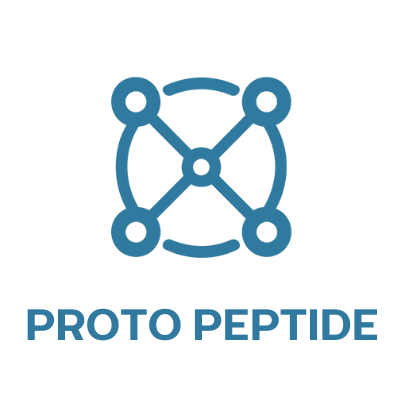BPC-157 and Joint Recovery: Exploring Cartilage and Mobility Research
Joint health is essential for mobility, activity, and quality of life. In laboratory research, the peptide BPC-157 has been studied for its potential role in supporting connective tissue recovery, including cartilage, tendons, and ligaments. While still under investigation, early studies suggest that BPC-157 could hold promise as a tool for exploring mechanisms of tissue healing.
Why Joint Health Research Matters
Joint damage, whether from injury, overuse, or degenerative changes, can be difficult to repair. Traditional treatments focus on reducing pain or slowing degeneration, but few approaches directly address the biology of tissue recovery. This is why research into peptides like BPC-157 has become so intriguing.
What Studies Indicate About BPC-157
- Tendon and Ligament Support: Animal research shows accelerated recovery of injured tendons and ligaments.
- Cartilage Repair: Studies suggest potential protective effects on joint cartilage.
- Anti-Inflammatory Action: Models show reduced swelling and improved mobility after induced injuries.
How It Works
Researchers believe BPC-157 may influence angiogenesis (blood vessel growth), fibroblast activity, and growth factor signaling — all of which play a role in joint and tissue repair.
Conclusion
BPC-157 remains a research compound, but its potential for supporting joint recovery has attracted attention from scientists studying connective tissue biology. For those conducting laboratory work with peptides, our BPC-157 10mg is available for research use. Here at ProtoPeptide, and our products are supported by independent lab testing. Our focus is on precision and reliability, giving Canadian researchers peace of mind. All peptides are for research use only and handled under strict quality assurance. We also make it easy by offering bundle options to simplify your lab setup.
Disclaimer
This content is for informational and research-related purposes only. The peptides mentioned in this article are intended strictly for use in controlled laboratory settings by qualified professionals. It is not approved for human or veterinary use. Always follow your institution’s guidelines and consult safety data sheets (SDS) before handling any research chemical.
